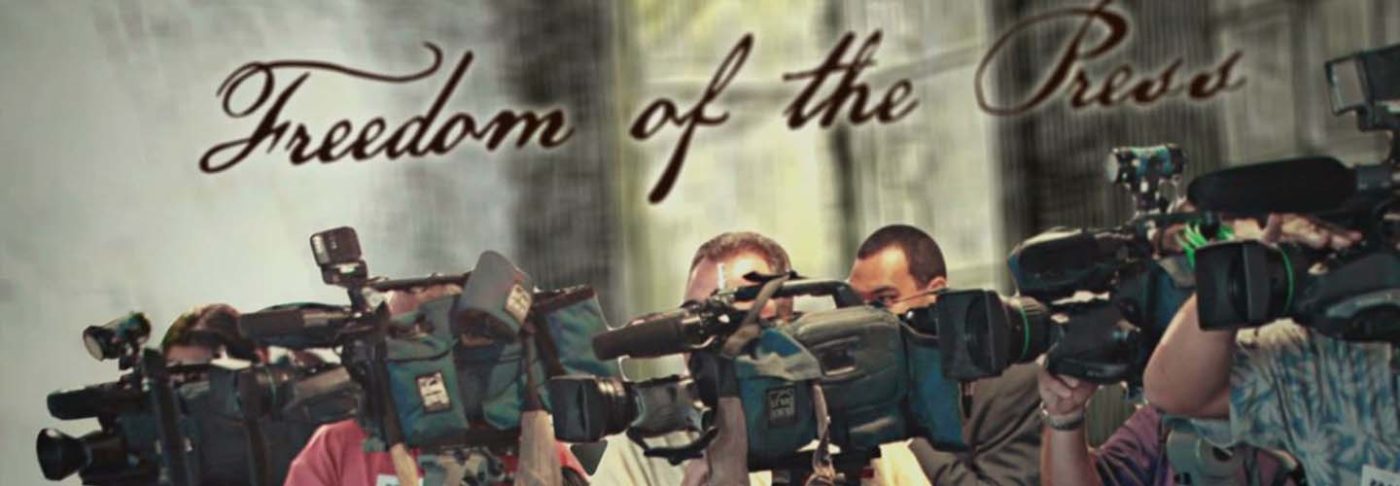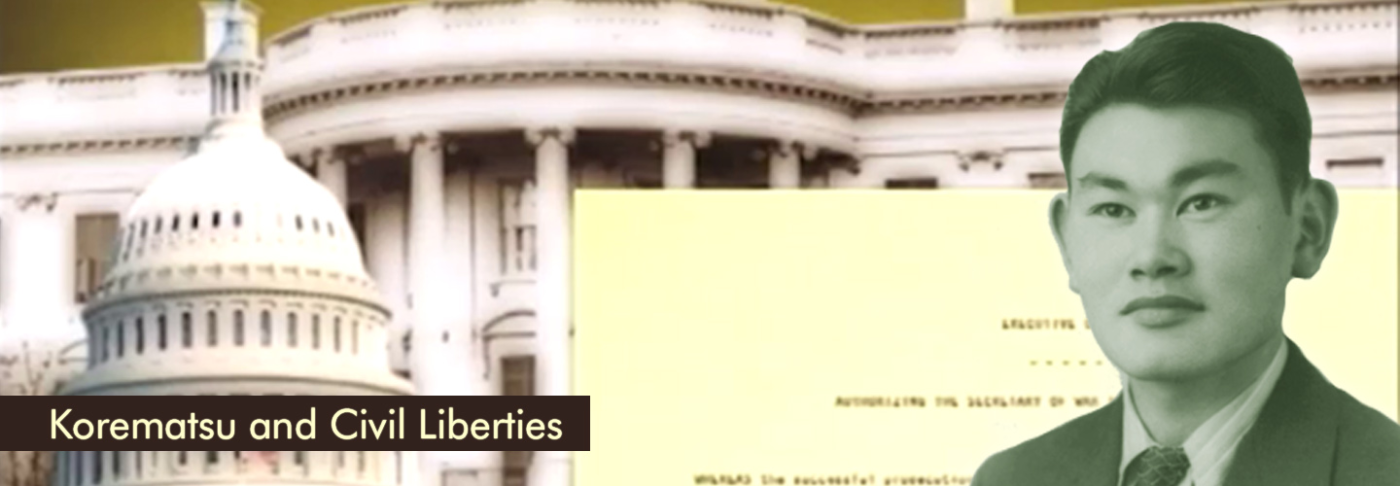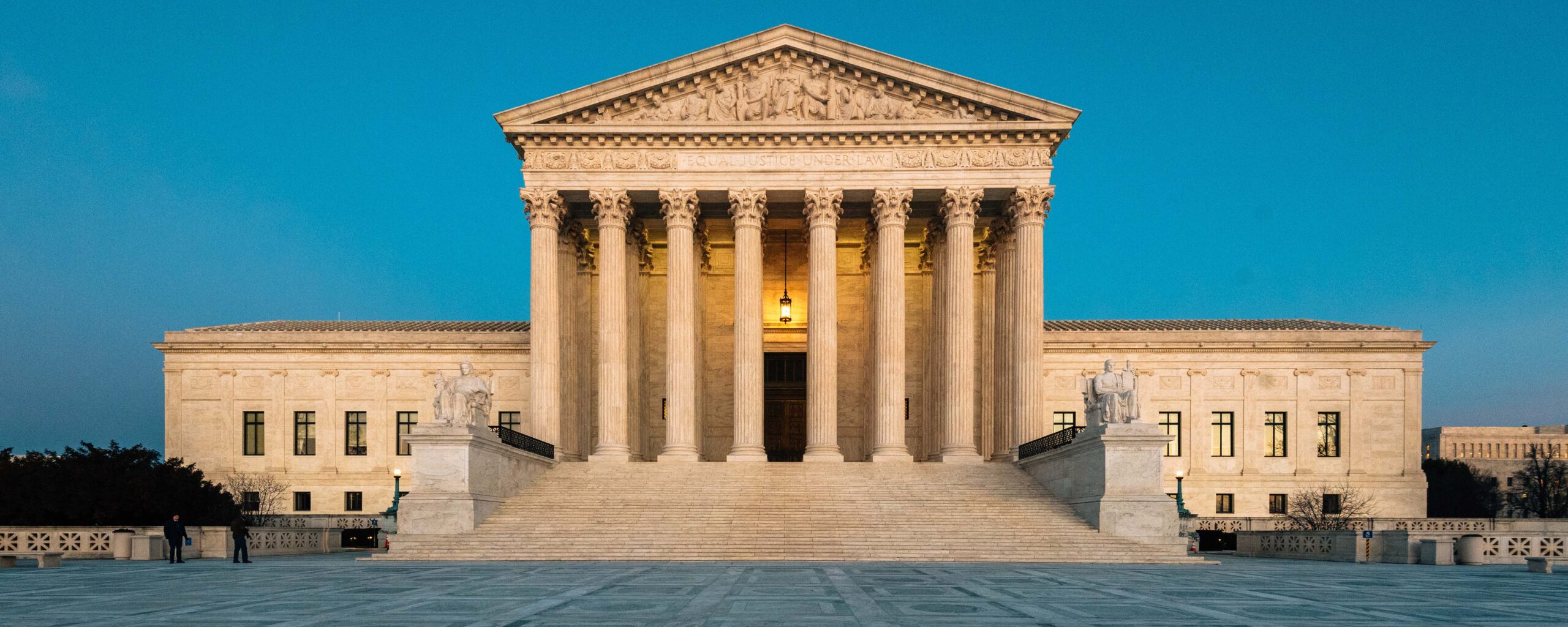In advance of Constitution Day and in time for the school year, Annenberg Classroom has released a new video on the First Amendment, and re-released a video on the internment of Japanese Americans during World War II, for teachers and anyone interested in learning more about the nation’s civil liberties, legal protections, and fundamental rights.
The documentary “Freedom of the Press: New York Times v. United States” examines the First Amendment’s protection of a free press as well as the historic origins of this right and the ramifications of the landmark ruling in New York Times v. United States, the Pentagon Papers case, in which the Supreme Court ruled that prior restraint is unconstitutional. In his concurring opinion supporting the freedom of the press, Justice Hugo Black wrote: “Only a free and unrestrained press can effectively expose deception in government.” The video is 25 minutes long and offers closed captions in English and Spanish, along with an accompanying lesson plan.
In addition, Annenberg Classroom is re-releasing the video “Korematsu and Civil Liberties” for Constitution Day. The Korematsu v. United States case questioned the constitutionality of President Franklin Roosevelt’s Executive Order 9066 in the aftermath of the attack on Pearl Harbor, which authorized the removal and detention of Americans of Japanese ancestry from the West Coast. Asking “How does the Constitution guide us when the nation is governed by fear?,” this documentary is an excellent classroom resource for helping students understand the consequences of stereotyping immigrants and Muslims during times of national tension. The video is 27 minutes long and offers closed captions in English, and also has a related lesson plan.
Annenberg Classroom provides resources for middle and high school students, and the site contains an extensive library of more than 60 videos, including conversations with Supreme Court justices. Teachers can also find fun, interactive games on the Bill of Rights, the First Amendment, and the three branches of government; the “Constitution Guide: What It Says, What It Means”; timelines; and free downloadable books.
In addition to the videos and other resources available through Annenberg Classroom, anyone interested in learning more about constitutional law can take advantage of the free course “Introduction to Key Constitutional Concepts and Supreme Court Cases,” which is available on demand. The online course was developed by Kermit Roosevelt, a constitutional law scholar at the University of Pennsylvania, in partnership with the Annenberg Public Policy Center, and is offered free as part of the Penn Open Learning initiative, through the Coursera platform. When it was first offered in the fall of 2014, more than 8,000 people watched at least one of the video lectures.
The course explores the Constitution’s origins and its changes over the years, from the initial burst of amendments that brought us the Bill of Rights and into the 20th and 21st centuries. It also highlights Supreme Court cases that show how the Framers’ ideas have fared in the modern world. Click here to enroll, get more information, and preview a lecture. Selected lectures are also available at Annenberg Classroom as classroom resources.
Constitution Day events: Preamble Challenge and Naturalization Ceremonies
Annenberg Classroom is a partner in the Civics Renewal Network, a consortium of 29 nonpartisan, nonprofit organizations committed to strengthening civic life in the U.S. by increasing the quality of civics education in our nation’s schools and by improving accessibility to high-quality, no-cost learning materials.
For the third consecutive year, the Civics Renewal Network is leading the Preamble Challenge, a nationwide celebration of Constitution Day, which this year is being marked on Friday, September 16. (The official date is September 17, the date that the Constitution was signed in 1787.) The National Constitution Center in Philadelphia kicks off the Challenge, which is a fun, easy way for teachers to fulfill the Byrd Amendment’s requirement that educational institutions that receive federal funds provide programming on the Constitution. Tens of thousands of students and teachers have taken the Challenge in the past two years, coming up with creative ways to learn about the Preamble to the Constitution. When teachers sign up, they receive access to a free Teacher Toolkit, which contains videos, games, lesson plans, and more for all grade levels. They are encouraged to share their activities on Twitter and Instagram using the hashtag #ConstitutionDay2016. Here you can check out highlights from last year’s Challenge.
In addition, for this year’s Constitution Day and Citizenship Day, federal judges will conduct naturalization ceremonies not only at courthouses but at national parks and historic places in recognition of the 100th anniversary of the National Park Service. In fact, the Civics Renewal Network is making possible a ceremony in the Great Hall on Ellis Island on Friday, September 16. The Statue of Liberty (on nearby Liberty Island) will provide a memorable backdrop for photos taken outdoors.
Other naturalization ceremonies will take place during on or around September 16 in other iconic locations such as the Lincoln Memorial, in Washington, D.C.; Yosemite National Park, in California; Appomattox Courthouse National Historical Park, in Virginia; and the Battleship USS Missouri Memorial, in Hawaii.



